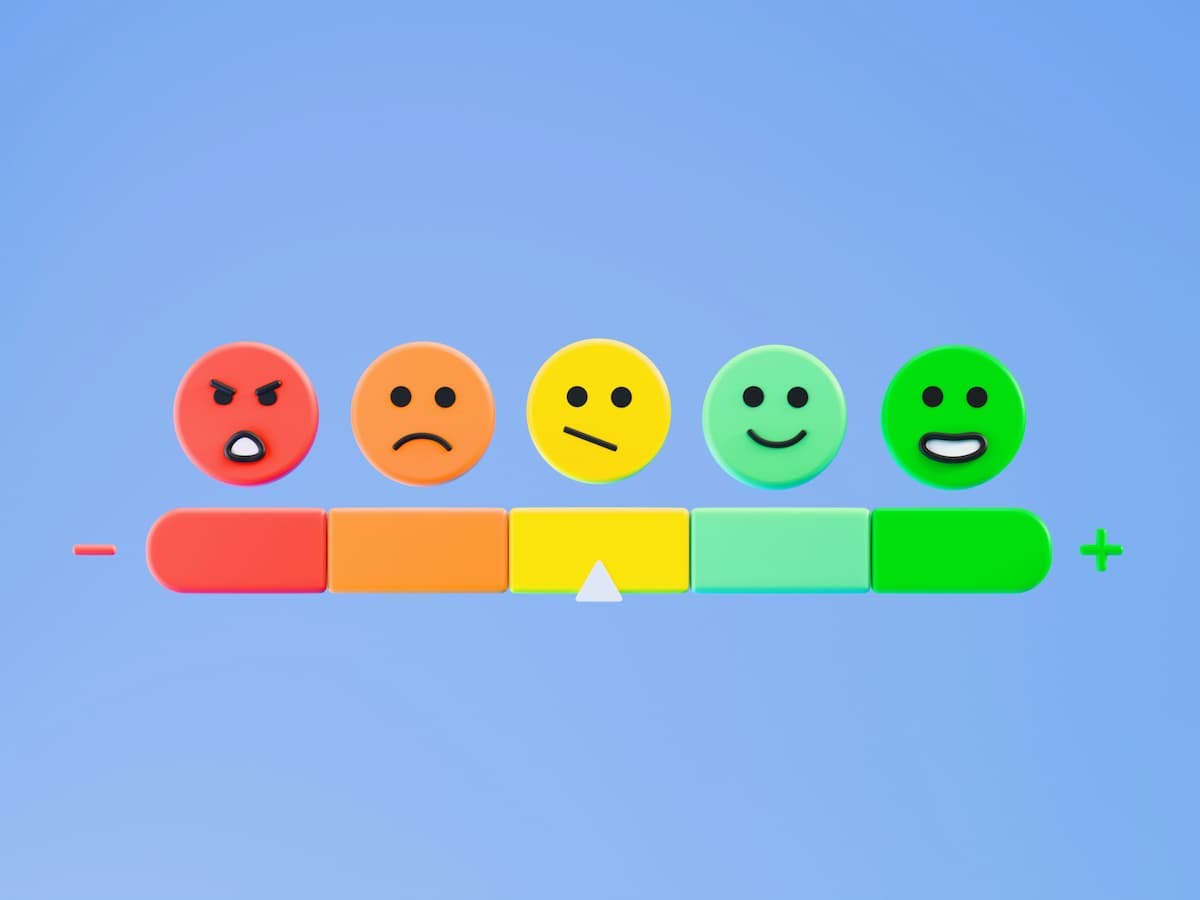Employee turnover is expensive, but offering the right benefits can make people want to stay, saving time, money and keeping your team steady.
The cost of employee turnover isn't just a line item in your budget, it's a complex mix of financial and human consequences that can quietly drain a company's resources. From onboarding costs, training, and recruitment expenses to lost productivity, each departure triggers a ripple effect.
And while calculating the cost of employee turnover might start with numbers, there's also the harder-to-quantify effect: knowledge loss, customer relationship impact, and a disrupted workplace culture.
That's where employee benefits come into play. According to the 2024 Global Benefits Attitudes Survey conducted by WTW, 54% of employees said they chose to stay with their employers because of their benefits package. That's a clear sign that strategic benefits are a powerful tool for reducing employee turnover costs and improving retention.
In this article, we’ll help you determine the cost of employee turnover—both visible and hidden—and show how a strong employee benefits package can shift the tide. Let’s talk about the real numbers, the people behind them, and how rethinking benefits can make a difference.
Read More: 10 Simple Ways to Improve Employee Wellbeing in the Workplace
How to Calculate Employee Turnover Costs?
Ever wonder about the silent drain on your company's resources, the unseen cost that gnaws at your bottom line? It's not just about counting who left, but understanding the true financial ripple effect.
Let’s move beyond the simple formula, revealing how to dissect your turnover rate into actionable insights, showing you the real price of lost talent and how to transform that data into a strategic advantage, not just a statistic.
Bring the perfect lunch solution to your office.
Picnic will deliver lunch from 50+ restaurants without fees or tips, directly to your office — available in all major US cities


1. Determine the Period (Monthly, Quarterly or Annually)
Choose a time frame that makes sense for your business. A monthly snapshot can help flag urgent issues, like a sudden spike in separations, while quarterly or annual reviews are better for identifying patterns and tracking the success of your employee retention strategies over time.
This step is key when aligning your human resources metrics with business goals, especially when evaluating the impact of retention on turnover costs.
2. Gather the Average Number of Employees that Left the Company
To make the data meaningful, you'll want to know how many employees your company had on average during the chosen period. Use this simple formula:
- Number of employees at the beginning of the period + Number of employees at the end / 2
This gives you a fair estimate of your total workforce size, which is essential when comparing turnover rates across different periods or departments.
3. Apply the Turnover Formula
Now that you have your average number of employees, it's time to apply the turnover formula:
- Number of separations / Average number of employees x 100
This gives you the employee turnover rate as a percentage. Keep in mind that this number, while important, is just the starting point. You'll need to dig deeper to truly determine the cost of employee turnover
Don't Forget to Consider These Details
It's essential to distinguish between voluntary turnover (when employees leave on their own) and involuntary turnover (when the company initiates the separation). Each type has different cost implications, from severance pay to replacement and training needs.
Also, comparing your numbers to the average turnover rate in your industry helps put things in perspective. For instance, retail and hospitality often experience higher rates than healthcare or tech. Understanding your baseline helps define whether you need to act or adjust your expectations.
Don't stop at the formula. Combine your turnover data with insights from exit interviews, anonymous surveys, and onboarding feedback. These tools can revel issues in your workplace culture, or management style—factors that contribute to knowledge loss, lost productivity, and ultimately, a higher employee turnover cost.

What's the Real Impact of Employee Turnover?
When someone leaves a company, the effects go far beyond just updating the org chart. The employee turnover cost includes both direct and indirect costs, and understanding this full picture is essential for making better decisions about retention, hiring, and overall talent management.
Direct Costs
These are the expenses you can usually measure in dollars. They start piling up quickly and include:
- Recruitment expenses: Advertising the job, screening candidates, interviewing, and background checks.
- Cost of hiring new employees: Agency fees or internal HR time.
- Onboarding costs: Setting up equipment, system access, and the time spent by managers and teams training the new hire.
- Severance pay and exit interview administration for the departing employee.
- Time to fill cost and time to productivity cost: every day the position is vacant, or filled by someone not yet fully productive, represents a financial loss.
These direct costs contribute heavily to the average cost of turnover per employee, which, depending on the role and industry, can range from 6 to 9 months of an employee’s salary, according to data from The Society for Human Resource Management (SHRM).

Indirect Costs
The hidden costs of turnover are often harder to track—but just as damaging:
- Lost productivity: New hires typically take weeks or months to reach full performance.
- Decreased morale: When colleagues leave, it can shake team confidence and motivation.
- Knowledge loss: Departing employees take with them insights, relationships, and processes that aren't always documented.
- Customer relationship impact: Clients may notice changes in service quality, continuity, or communication.
- Impact on team performance: High turnover rates can create instability, putting pressure on remaining staff and disrupting collaboration.
Workplace culture: Frequent turnover can lead to a sense of disengagement across the organization.

Taken together, these turnover expenses add up quickly, and continue to compound if not addressed. That's why companies looking for long-term employee retention cost savings must go beyond salary adjustments and focus on the bigger picture.
Employee Benefits are Essential in Retention
We often talk about employee turnover in terms of what it costs—but what about what it says? When people leave, it’s typically a sign that something’s missing. And in many cases, that “something” is a reason to stay.
A strong employee benefits package shows your team you see them as people, not just job titles. Benefits play a huge role in both attracting new talent and holding on to the great people you already have.
Some of the most effective employee retention strategies include:
- Health insurance: One of the most valued benefits, especially when it includes options for dependents and covers both physical and mental health services.
- Flexible work arrangements: Remote work, hybrid schedules, or flexible hours allow employees to better balance work and personal life.
- Professional development opportunities: Support for courses, certifications, or attending industry events shows that the company values growth and long-term careers.
- Competitive salaries and bonuses: While salary alone doesn't guarantee retention, fair compensation tied to performance and market rates is essential.
- Wellness programs and mental health support: Access to counseling, fitness programs, or wellness stipends demonstrates a commitment to employees’ holistic well-being.
- Paid time off and family leave: Generous PTO, parental leave, and sick leave policies allow employees to take care of life outside work without penalty.
- Free food at work: While seemingly small, daily perks like meals or snacks can boost morale and create a sense of care and community.
At the end of the day, people don’t just leave jobs, they leave environments where they don’t feel valued. But with the right benefits in place, you’re not only improving employee retention strategies, you’re building a place where people want to stay.
How to Strategically Design and Implement Benefits Package?
A strong employee benefits package doesn't come together by chance, it requires intention, planning, and good understanding of what your people actually need.

Here's how to build one that supports employee retention, fits your budget, and makes a real impact.
1. Identify What You Want to Achieve
Start by asking:
- What's the goal?
- Are you trying to reduce turnover rates?
- Attract specific talent?
- Improve employee satisfaction?
Defining your purpose will guide every other decision.
2. Establish a Realistic Budget
Benefits are an investment, but they need to be sustainable. Consider your available budget and weigh the cost of employee turnover against potential retention cost savings.
Remember: investing in benefits can be more cost-effective than constant hiring and training.
3. Understand Your Workforce Needs and Preferences
Talk to your employees. Use surveys, focus groups, or even exit interviews to learn what people value most. You might be surprised, sometimes what really matters isn't the most expensive option, but the most thoughtful one.
4. Offer Flexible Benefits
One-size-fits-all rarely works. A flexible model lets employees choose that suits them best, whether it's mental health support, family leave, or professional development. Consider customizable options that let employees decide what works for them.
Read More: Employee Perks That Actually Work: A Complete 2025 Guide
5. Develop a Clear Communication Plan
Even the best benefits won't work if no one knows about them. Use onboarding materials, internal newsletters, and regular check-ins to keep your team informed. Good communication builds trust—and helps avoid knowledge loss and disengagement.
6. Conduct Regular Reviews
Employee needs change, and so should your benefits. Review your package annually (or more often) to stay relevant and aligned with both business goals and employee expectations.
7. Measure and Evaluate Consistently
Track the impact of your benefits using human resources metrics like turnover rates, time to productivity, and exit interview insights. This helps you see what’s working, what’s not, and where to invest next.

Let Picnic Enhance Your Company's Employee Retention Through Food Benefits
Sometimes, it's the simple things that make people feel appreciated at work. A good meal, a shared lunch, or just knowing there's one less thing to worry about in a busy day. Picnic can help you with that!
Picnic helps companies offer high-quality, delicious meals right at the workplace, without the stress of coordination or hidden costs. By making food a regular part of your employee benefits package, you're creating a moment of connection, convenience, and care that employees genuinely value.
It’s a smart way to support your team’s well-being while strengthening your employee retention strategies. After all, great food can fuel more than just productivity—it can fuel loyalty.
Ready to turn food into a benefit your team actually looks forward to? Learn more about Picnic and how it fits into a bigger strategy to reduce turnover rates and build a workplace people want to stay in.








